How to Reset a Tire Pressure Warning Yourself: A Few Simple Methods
Helpful tips for drivers — several easy ways to reset a tire-pressure sensor warning.
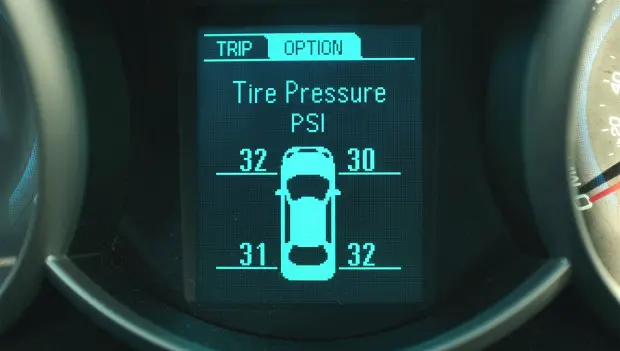
When your tires are inflated properly, the low tire pressure (TPMS) indicator stays off on the dashboard. However, sometimes it lights up even when the pressure is normal. It can be frustrating — especially when the tires are fine. In today’s article, we explain how to reset a tire pressure warning.
American and European researchers have found that most drivers do not check their tire pressure before getting behind the wheel. Only 40% of car owners perform this check — and even then, just once every 12 months.
“TPMS (Tire Pressure Monitoring System) is designed to monitor tire pressure and warn you if something is wrong. If the tires are underinflated or overinflated, a warning or an audible alert will appear on the dashboard.”
Several Simple Ways to Reset a Tire Pressure Warning
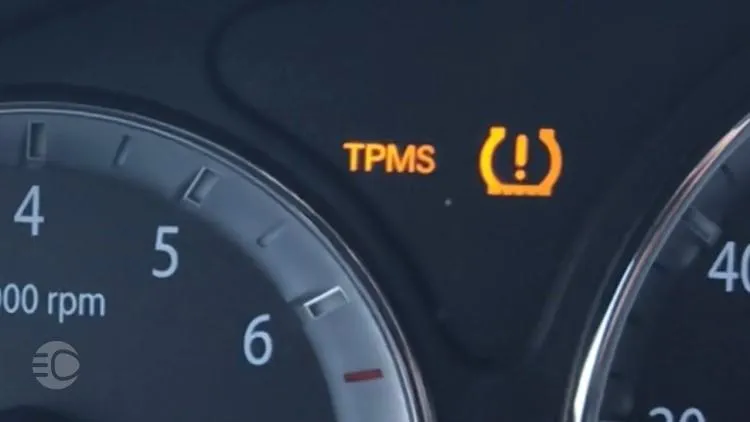
A complex TPMS can sometimes malfunction. A common situation: the dashboard shows a low-pressure warning even though the tire is perfectly fine. You end up needing to reset the warning; otherwise, the system will continue working incorrectly.
Another cause may be a sensor that has glitched. That issue is harder to fix. How do you reset a tire pressure warning if the sensor is blinking, you hear an alert, lose concentration, and have difficulty driving? There are four ways to clear the warning.
Method 1
“To reset the warning, drive at 80 km/h (about 50 mph) and continue for another 15 kilometers (about 9–12 miles).”
This is the simplest method. If your vehicle has cruise control, turn it on to keep a steady speed. Depending on the model, resetting may require a slightly higher speed. After covering about 9–12 miles at a steady 50 mph, pull over and shut off the engine. When you restart the vehicle, the TPMS warning should disappear.
Method 2
“Press the TPMS reset button in your car to clear the warning.”
Regardless of the type of low-pressure warning system, each tire has a sensor. Sometimes, the vehicle’s sensor system simply needs a reboot. Check your owner’s manual — it contains instructions on how to reset the tire pressure warning and which button to use.
Insert the key into the ignition. You don’t need to start the engine — just turn it to the “ON” position. Press and hold the reset button, which is often located under the steering wheel. Wait until the low-pressure indicator blinks three times. Release the button. Start the engine and let it run for about 20 minutes. During this time, the computer will recalibrate the tire sensors. Then you can turn the car off.
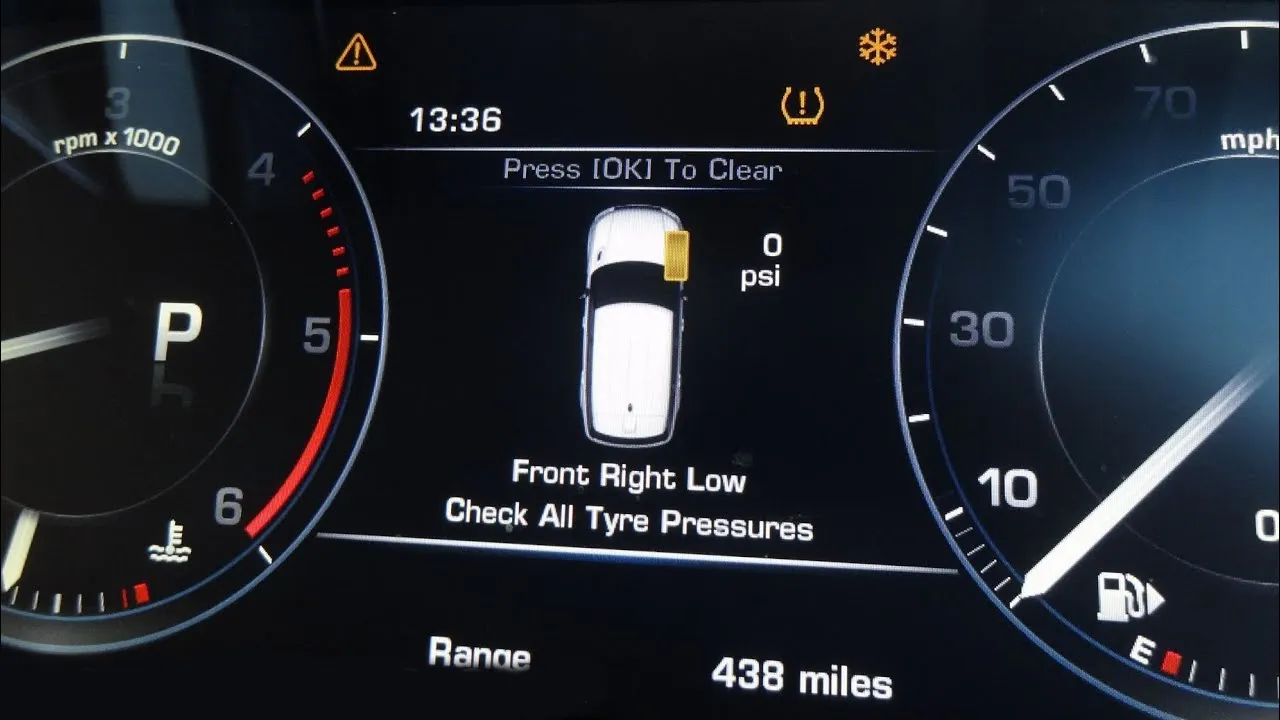
Method 3
“Deflate the tires and then reinflate them.”
If the previous method didn’t work, inflate all tires to the recommended level — for many vehicles, around 0.2 bar (about 2.9 psi) above the stated specification.
If the warning still doesn’t clear, fully deflate the tires.
Now reinflate them to the pressure specified on the driver-side door jamb or in the owner’s manual. If your vehicle has sensors on all wheels, don’t forget the spare tire. Then drive about 3–5 kilometers (roughly 2–3 miles) at around 25 km/h (about 15 mph). This should reset the tire pressure warning.
Method 4
“Disconnect the battery terminals and reconnect them to reset the system.”
Every car has a computer that receives data from multiple sensors, including TPMS. But electronics can fail. To reset the warning, you may need to reboot the system by cutting power.
Open the hood and locate the battery. Disconnect the negative terminal using a wrench. Then sit in the driver’s seat and turn the key to the “ON” position without starting the engine. Press the horn for about 3 seconds — this discharges any remaining power in the car’s electrical system. Reconnect the battery. This should clear the warning.
You may also be interested in the news:

How to Remove Scratches From Your Car’s Paint? Here’s the Fix — You Can Do It Yourself!
Over time, noticeable scratches inevitably start showing up on any car’s body. Here’s one way to remove them yourself.

What Your Zodiac Sign Says About Your Driving Style: Many Americans Will Be Surprised
Is your driving destiny written in the stars? Let's find out.
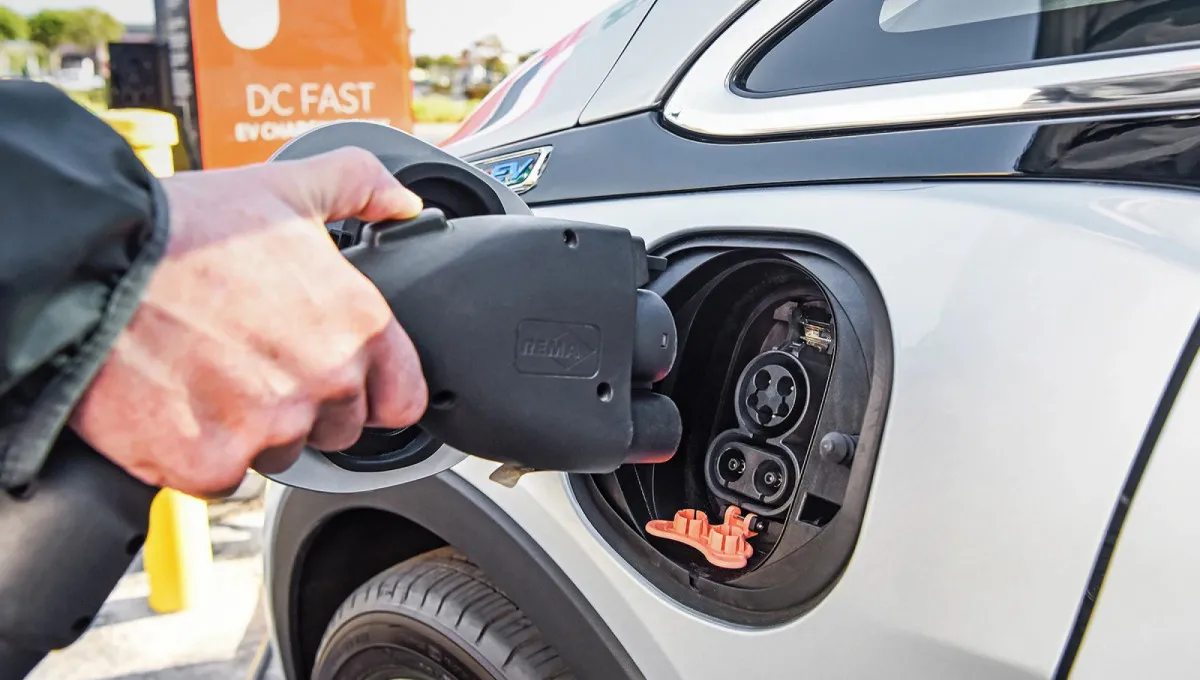
Top 5 Mistakes That Can Ruin Your EV Battery
An electric car’s battery isn’t just a big power pack — it’s a complex system that needs to be treated almost like something alive.

Owner Takes His Mercedes In for Bad Brakes, Mechanic Finds Incredible DIY Surprise
What you don't expect is a brake system straight out of the 1800s.
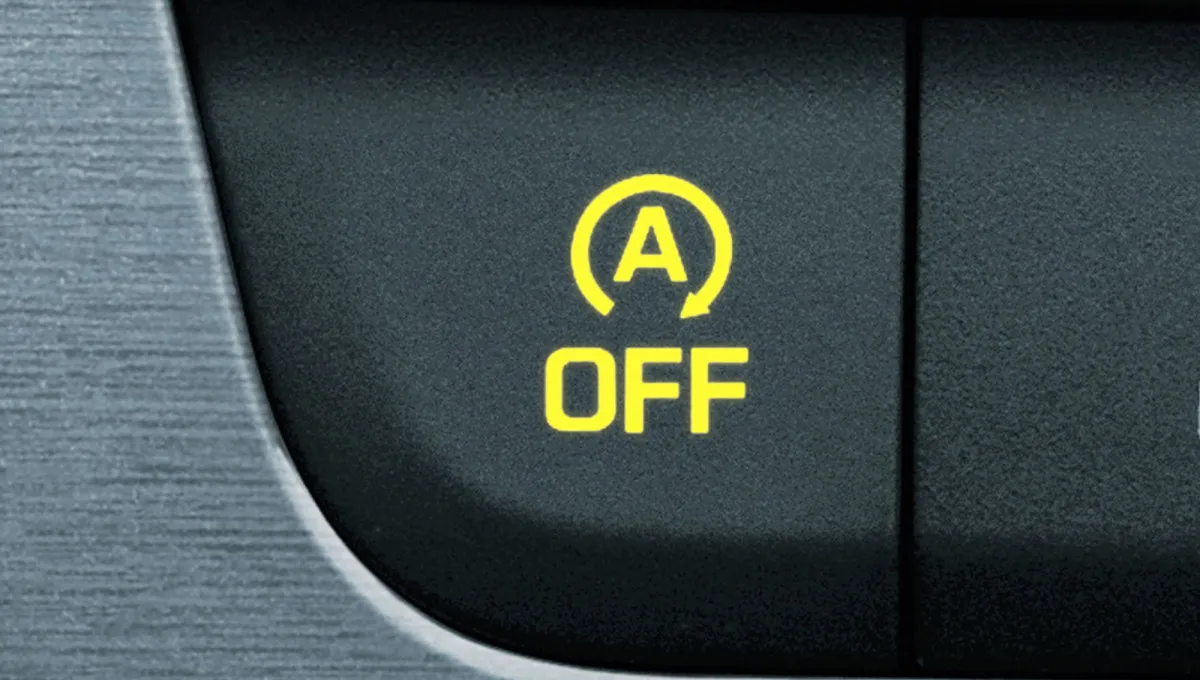
Hot Topic for American Drivers: Why So Many Deactivate Start/Stop Systems
Most American drivers turn off the start/stop system simply because it annoys them.